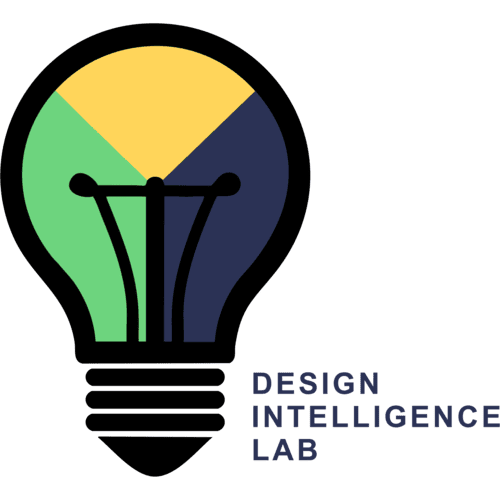Introduction
In Looking back, looking ahead: Strategic initiatives in AI and NSF’s AI Institutes program, Donlon and Goel (2023) briefly introduced the U.S. National Science Foundation’s National AI Research Institutes program to the readers of this magazine. This program so far has funded 25 AI Institutes at about $20 M each over an initial five years. The investment of about $500 M makes it one of the largest single public investments to date into AI research and development. Together the 25 AI Institutes capture the excitement around the potential social and scientific benefits of AI. Details for each of the AI Institutes can also be found on the website of the AI Institutes Virtual Organization: https://aiinstitutes.org/institutes.
This special issue presents brief reports on the first 18 AI Institutes, 7 launched in late 2020 and 11 in late 2021. At the time of writing of this overview in September 2023, the first 7 AI Institutes have completed about 3 years of research and the next 11 Institutes have completed about 2 years of work. Figure 1 illustrates the two cohorts by the mnemonics for the AI Institutes; the articles too are indexed by the same mnemonics. Each article describes the goals, themes, early results, and broader impacts of an AI Institute.

FIGURE 1
The 20 articles in the special issue are organized into six groups. The first two articles, including this introduction, present overviews. In the next article, James Donlon, the Director of National AI Research Institutes Program at NSF, discusses the significance of the program in guiding the US national research strategy on AI as well as the future of the program.
The remaining articles describe the 18 AI Institutes. As Figure 2 illustrates, the second group consists of articles on three Institutes (Athena, ICICLE, and AI-EDGE) that develop novel cyberinfrastructures for AI, the third group contains articles describing four Institutes (IFML, AI4OPT, Dynamics AI, and TILOS) that investigate new techniques in machine learning and optimization, and the fourth group includes articles reporting on three Institutes (iSAT, Engage AI, and AI-ALOE) that explore AI for human learning and education. The next group contains articles presenting four AI Institutes (AIFARMS, AIFS, AIIRA, and AgAID) that investigate AI for food and agriculture, and the final group consists of articles describing four Institutes (AI2ES, IAIFI, MMLI, and AI-CARING) that explore AI for various aspects of science and society. In each group, the early articles describe more mature AI Institutes in the first cohort and the later articles report on the Institutes in the second cohort (see Figure 1). For example, in the Learning and Education group, while the first article describes the iSAT Institute that was launched in 2020 and belongs to the first cohort, the next two articles report on EngageAI and AI-ALOE that were launched in 2021 with the second cohort of AI Institutes.

FIGURE 2
In 2023, NSF launched another 7 AI Institutes briefly summarized in Donlon and Goel (2023). The 25 AI Institutes together demonstrate that when its power is harnessed carefully, AI can be, should be, and in fact, is a force for social good.
